Market Intelligence Reports
Latest Market Intelligence report: Q2 2025
Across the South-East, South-West, and London, the UK construction industry continues to navigate a complex landscape shaped by regulatory changes, economic pressures, and shifting client behaviours. In Q2 2025, the Building Safety Act remains a significant disruptor, contributing to elongated preconstruction periods, repeat tendering, and selective subcontractor engagement. While tender workload has risen conservatively this quarter, 0.29%, we continue to see slow movement across some trades attributed to project phasing and design shifts. Building Cost and Employment saw modest increases of +1.2% and +0.8% respectively, while insolvencies continued to rise, peaking at 447 in June. Material availability remains stable, though regional pressures persist especially in the South-West, where major infrastructure schemes are straining capacity. The June Spending Review reaffirmed infrastructure investment but introduced tighter funding scrutiny, reinforcing a more risk-averse and delivery-focused market environment.
Janara points out that “While the market remains competitive and relatively stable in terms of costs, the underlying pressures from regulatory delays, labour constraints, regional resource imbalances, funding uncertainty, and rising insolvencies are shaping a more cautious and selective supply chain. Continued monitoring and proactive engagement with contractors will be essential to navigate the months ahead.”
Report compiled by

Janara Singh
Assistant Framework Manager
Sign up to our Market Intelligence
Instant access to our quarterly market intelligence reports as soon as they’re live.

